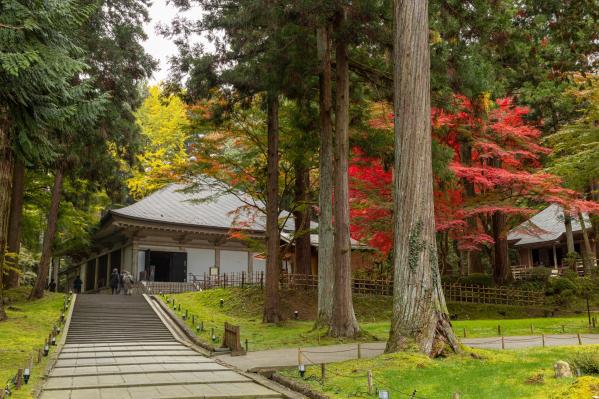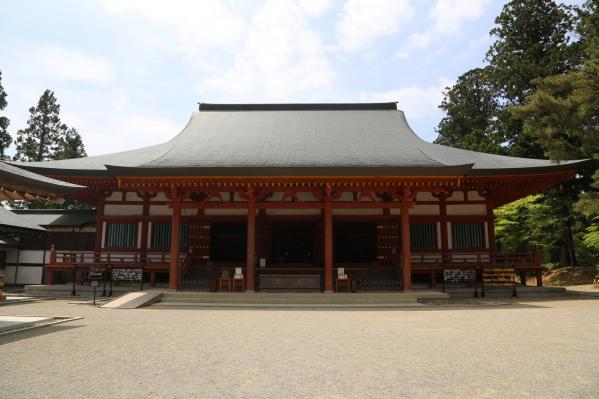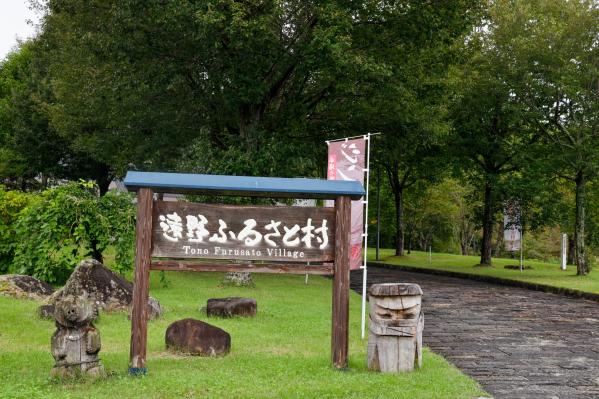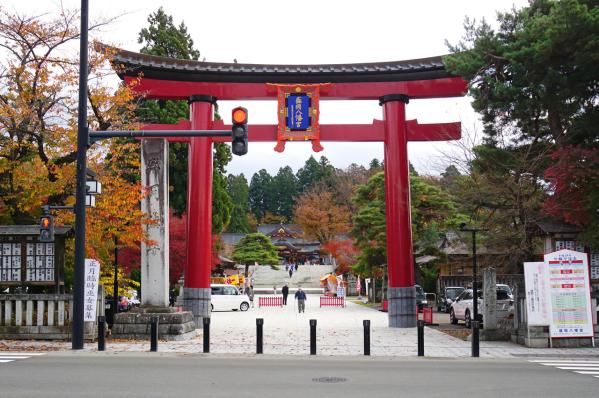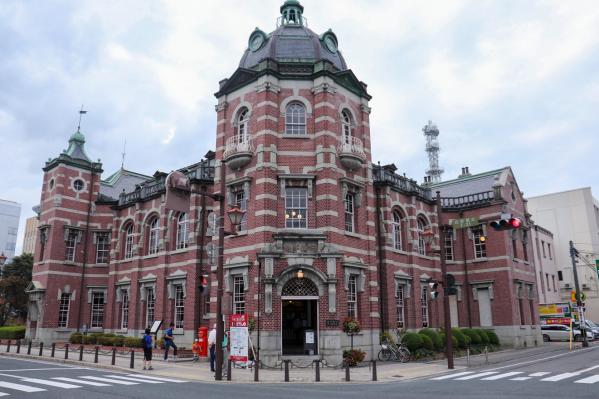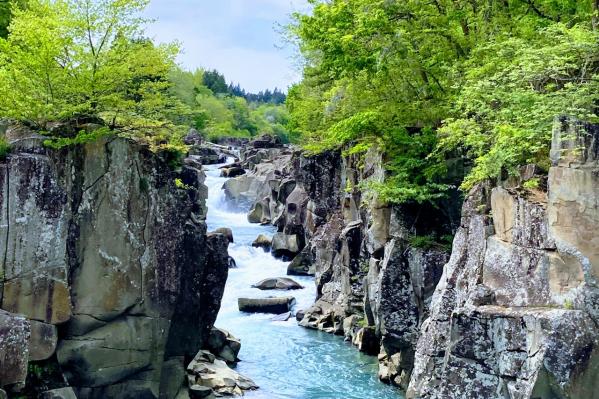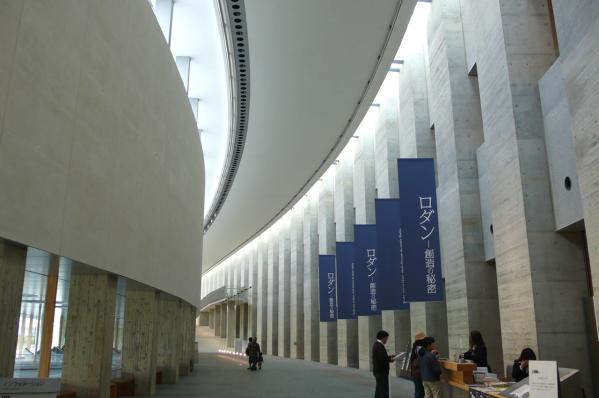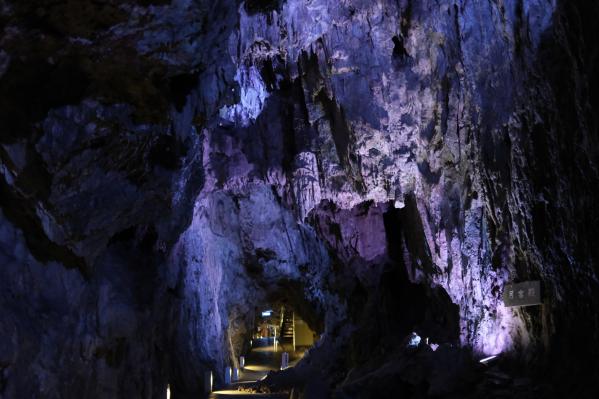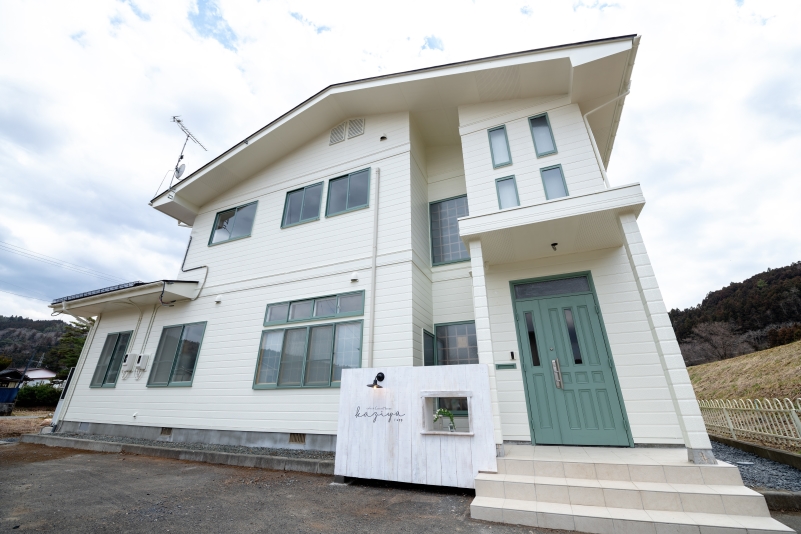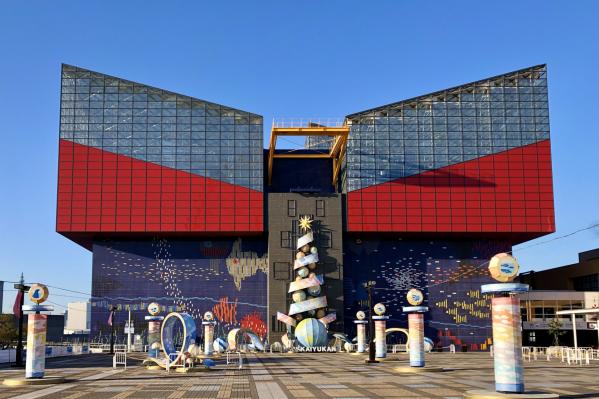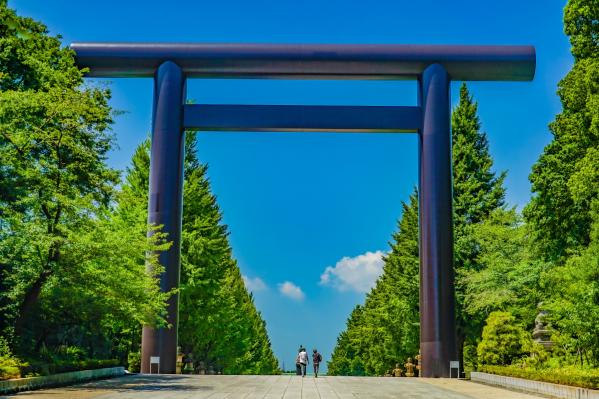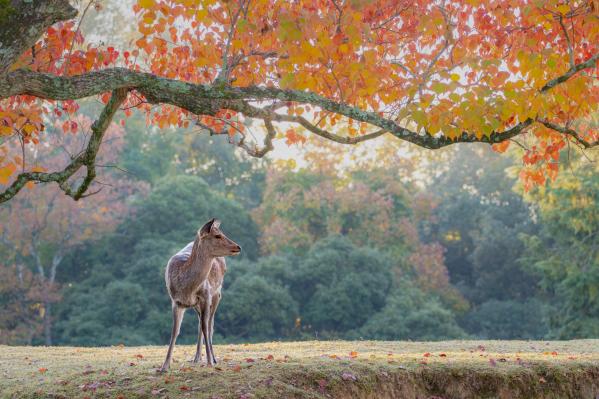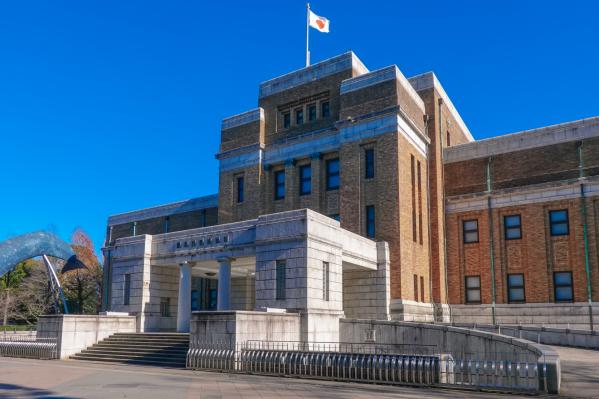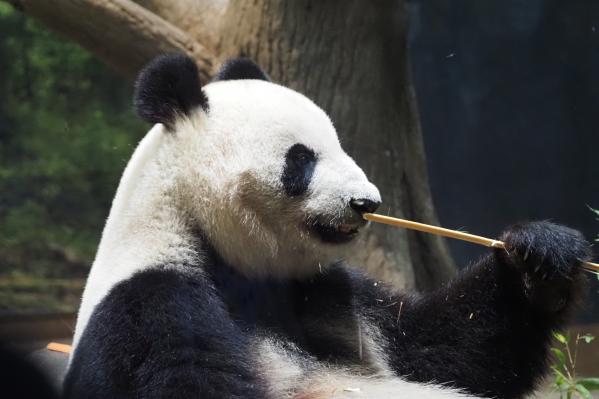
Geibikei Gorge
The gorge also hosts many seasonal events, including the "Kotatsu Boat" in winter, where guests can savor a hot pot while enjoying the picturesque winter scenery. At the turnaround point, there's a unique rock formation called "Shishigahana," which is the origin of the gorge's name.
Geibikei is not just a tourist attraction but also serves as a valuable site for nature education. The highly transparent river is inhabited by fish, and you can enjoy feeding them from the boat. Pets are allowed on board as well, making it a fun outing for the whole family.
Especially during the autumn foliage season, crowds are expected, so early morning visits are recommended. Nearby, you can also find the equally beautiful gorge "Genbikei," making it a great idea to visit both together. Geibikei continues to captivate visitors as a beloved tourist destination across generations.
Basic Information
- Spot Name
- Geibikei Gorge
- Location
- 467 Nagasaka-cho, Higashiyama, Ichinoseki City, Iwate Prefecture
- Access
- Access by train:
Transfer at JR Ichinoseki Station to the JR Ofunato Line, and get off at Geibikei Station. It is a 5-minute walk from there.
Access by car:
30 minutes from the Ichinoseki IC on the Tohoku Expressway heading east via Prefectural Route 19 (Ichinoseki to Daito Line).
40 minutes from the Mizusawa IC on the Tohoku Expressway via National Route 343, then onto the prefectural road.
There are paid (500 yen) and free parking options available near the boat landing. Free parking is available at locations such as Geibi Rest House and Higashiyama Tourist Hotel. - Parking
- Parking available.
- Business Hours
- Boat rides are available from 8:30 AM to 4:00 PM. *Hours may vary depending on the season.
- Fees
- Adults: 1,800 yen
Elementary school students: 900 yen
Toddlers: 200 yen - Contact Information
- Phone Number:0191-47-2341
- Official Website
Map
Detailed Information
▶Origin of the Name
Geibikei, or 猊鼻渓, was named in 1910 by local volunteers, including the tourism pioneer Sato Geigan. The name derives from the prominent rock formation "Shishi (猊) gahana," which juts out from a massive cliff across from Ranshō Hill, serving as the turnaround point for boat rides at Miyoshigaoka.
▶The Creator of Geibikei
Sato Geigan, born and raised in Higashiyama, Ichinoseki City, was instrumental in introducing this once-unknown valley to the world. Together with his father, Dōtan, he invested his personal wealth into developing it as a tourism destination, leading to its recognition as the eastern counterpart to the famous Yabakei in Oita Prefecture.
▶Geibikei Through Time
▸Was Geibikei Hidden for a Long Time?
Geibikei only gained recognition during the Meiji Era. It is said that many villagers were unaware of its existence before that time, largely to avoid the burden of entertaining officials from the domain. The valley's existence was concealed in records and maps required by the domain.
▸What is "Kinarashi"?
The area around Geibikei was once a treasure trove of fine lumber like red pine. Those who transported cut timber on rafts from the Sandeki River to the Kitakami River were known as kinarashi. The local specialty "Kinarashi Nabe," a stew enjoyed by the lumbermen during breaks, consists of chicken, radish, carrots, and burdock root simmered in miso, offering a unique taste exclusive to this region.
▸A Village of Refugees from Hiraizumi?
Halfway through the boat ride, there is an old scenic spot called Ko-Tōkei, reminiscent of a Chinese utopia. A stream flows through the canyon between the cliffs, resembling an ink painting, and it is said to have housed about thirty households of refugees from the Fujiwara clan of Hiraizumi, who lived by extracting iron sand.
▸Why is the Bow of the Boat Flat?
The skillfully maneuvered Geibi boat has a broad and flat bow rather than a pointed shape. This design is unique to Iwate, a horse-breeding region, and is inherited from the horse ferryboats used to transport horses across rivers.
▸Water That Makes You Rejuvenate for Three Years?
On the opposite bank of Miyoshigaoka, there is a spring. This cold water, known as Shōhisen, has never dried up, even in droughts. It is said among the boatmen that drinking a cup of it will rejuvenate you by three years.
#Superb view/Scenic spot #Waterfalls, valleys, limestone caves #Sightseeing boat/vehicle
Geibikei Gorge Movies
Iwate Tourist Attractions
View ListChuson-ji Temple
Chuson-ji Temple was founded in 850 by the high priest Jikaku Daishi Ennin and had large-scale structures built by Kiyohira, the first ruler of the Oshu Fujiwara cla...
Motsu-ji Temple
Moeji Temple is a unique temple that is designated as both a World Heritage Site and as a special historic site and special scenic spot by the Japanese government, a...
Tono Furusato Village
Tono Furusato Village is a wonderful place where nostalgic rural landscapes unfold. It has recreated an old-fashioned village by relocating traditional curved houses...
Morioka Hachimangu Shrine
Morioka Hachimangu Shrine is located in Morioka City, Iwate Prefecture, and was founded in 1680 (the 8th year of the Enpo era) by the 29th lord of the Nanbu clan, Sh...
Iwate Bank Red Brick Building
The Iwate Bank Red Brick Building was established in 1911 as the main branch of Morioka Bank. This beautiful red brick structure was designed by the architectural fi...
Genbikei Gorge
Geibikei is a beautiful gorge located along the Iwai River, which flows into Ichinoseki City and originates from Mount Kurikoma. Its approximately 2-kilometer stretc...
Iwate Prefectural Museum of Art
The Iwate Prefectural Museum of Art was opened in 2001 in the new cultural zone of Central Park in Morioka City. The museum's collection focuses on works by local ar...
Ryusendo Cave
Ryusendo Cave is one of Japan's three great limestone caves, designated as a national natural monument in 1938 under the name "Iwaizumi Cave and Bats." The cave is e...








